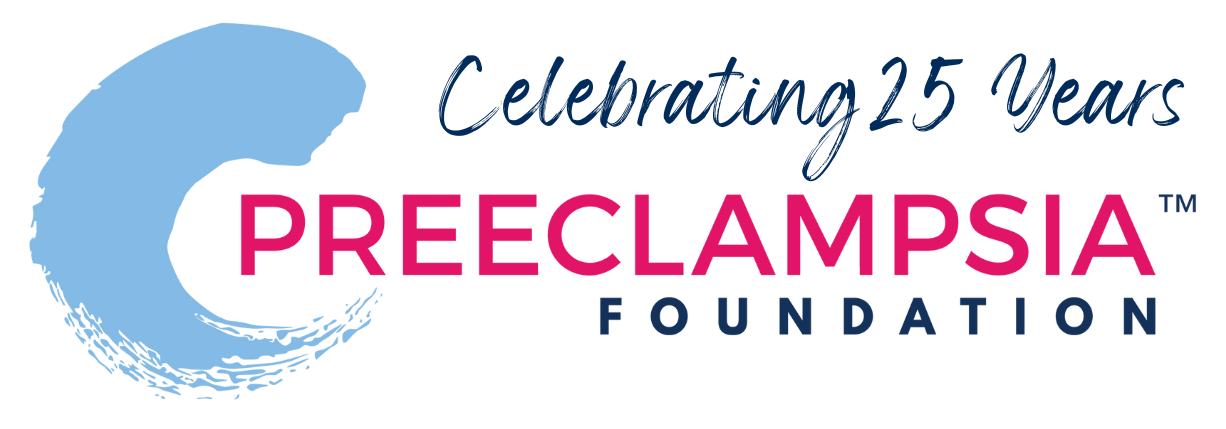
Do preeclampsia prediction biomarkers vary in patients of different BMIs?
First Trimester Preterm Preeclampsia Prediction with Metabolite Biomarkers: Differential Prediction According to Maternal Body Mass Index
Recent research suggests that there may be different types of preeclampsia (such as early- versus late-onset, with or without severe features, HELLP syndrome, and postpartum-onset). These type of preeclampsia may also vary based on specific individual risk factors. One risk factor that researchers have identified is a woman's body mass index (aka BMI), a number calculated from a patient's height and weight.
In this study, researchers asked: are there biomarkers (molecules measured in the blood) in early pregnancy that can predict preterm preeclampsia later in pregnancy? And if so, are those biomarkers different in women in different BMI groups (healthy, overweight, obese)? Researchers found distinct levels of certain metabolites (small products of metabolism) in blood drawn in early pregnancy that were linked to developing preterm preeclampsia later in that pregnancy. Interestingly, one metabolite was a form of vitamin D (25-hydroxyvitamin D3). Others were small fatty acids and individual amino acids (the building blocks of protein). When comparing metabolites and their ratios to one another among women in different BMI groups, researchers also found among women who went on to develop preterm preeclampsia, that metabolites in early pregnancy were different depending on BMI groups, particularly for women with overweight and obesity.
Take home message: As preeclampsia research continues to move forward at an accelerated pace, research is revealing possible differences not only in “types” of preeclampsia, but also differences in maternal risk profiles. This study suggests that women of different BMI classes might have distinct risk profiles for preeclampsia. More work is needed to refine risk factors for individuals, with the ultimate goal of having an early-pregnancy screening test to predict preeclampsia.
Link: https://www.ajog.org/article/S0002-9378(22)02290-6/pdf
Citation: Tuytten R, Syngelaki A, Thomas G, Panigassi A, Brown LW, Ortea P, Nicolaides KH. First Trimester Preterm Preeclampsia Prediction with Metabolite Biomarkers: Differential Prediction According to Maternal Body Mass Index. Am J Obstet Gynecol. 2022 Dec 17:S0002-9378(22)02290-6. doi: 10.1016/j.ajog.2022.12.012. Epub ahead of print. PMID: 36539025.
About Research Roundup
Each quarter, our team of researchers reviews the most current studies related to hypertensive disorders of pregnancy and selects those studies they feel will be of greatest interest to our community to summarize.
Special thanks to our volunteer research team, who under the leadership of Dr. Elizabeth Sutton, make Research Roundup possible: Alisse Hauspurg, MD Felicia LeMoine, and MD Jenny Sones, PhD, DVM.
Related Articles

While the foundations of preeclampsia are believed to develop in the early stages of pregnancy, the current screening process occurs at 20 weeks, nearly half way through the second trimester. When cli...

Research suggests that preeclampsia may develop in a two-stage process. The first stage involves challenges to the way that the placenta implants and grows. In a normal pregnancy, a type of placental...

The risk of developing hypertension and cardiovascular disease (CVD) significantly increases for patients who experience gestational hypertension, preeclampsia, or other hypertensive disorders of preg...

Cerebral complications from preeclampsia and eclampsia are a major cause of maternal mortality and long-term neurological impact. Understanding pathophysiology (changes in how the body works as a resu...

A new research study suggests that blood pressure changes during the first 20 weeks of pregnancy—called blood pressure trajectories—may give providers a peek at a woman’s risk of dev...

